Methocarbamol Addiction: Top 10+ Questions About Robaxin
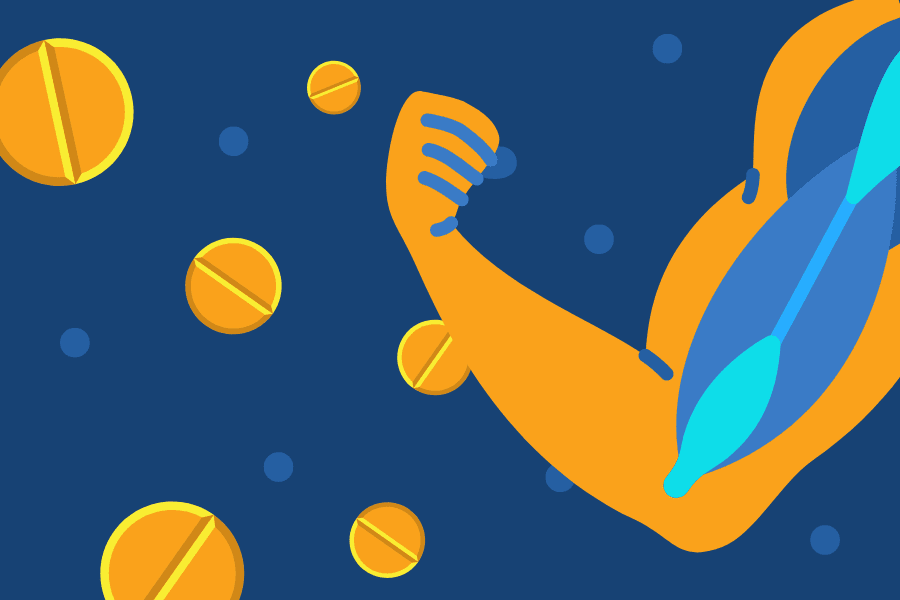

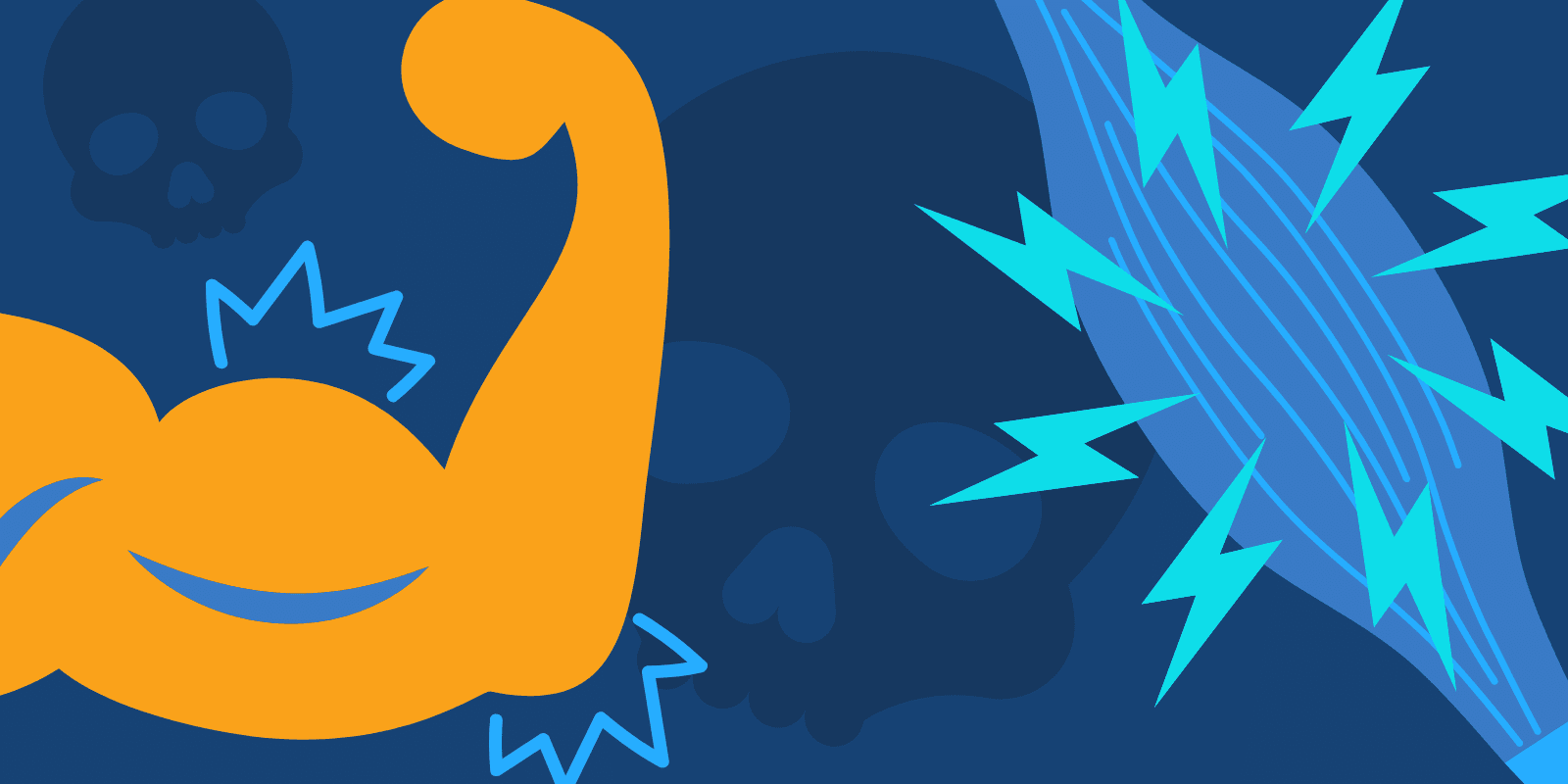
Robaxin (Methocarbamol) is a muscle relaxant used to relieve pain and discomfort that may come from strains, sprains, or other muscle injuries.
Methocarbamol works by slowing activity in the nervous system, allowing the body to relax.
Muscle relaxers are typically prescribed to treat individuals experiencing muscle spasms and pain. While they may offer short-term relief, they can also lead to negative side effects.
Muscle relaxers can be divided into two categories: antispasmodics and antispastics. Methocarbamol is an antispasmodic, meaning they work to reduce muscle spasms through the central nervous system and inhibit neuron transmission in the brain.
Muscle relaxants like Robaxin may be abused by taking them in higher doses than prescribed, taking them when not prescribed, or taking them for a reason other than their intended use.
Methocarbamol is used to relax muscles and relieve pain.
It is a central nervous system depressant, also known as CNS depressant, that can help treat muscle spasms, tension, and pain.
Doctors may prescribe methocarbamol in combination with physical therapy for patients who are struggling with muscle pain.
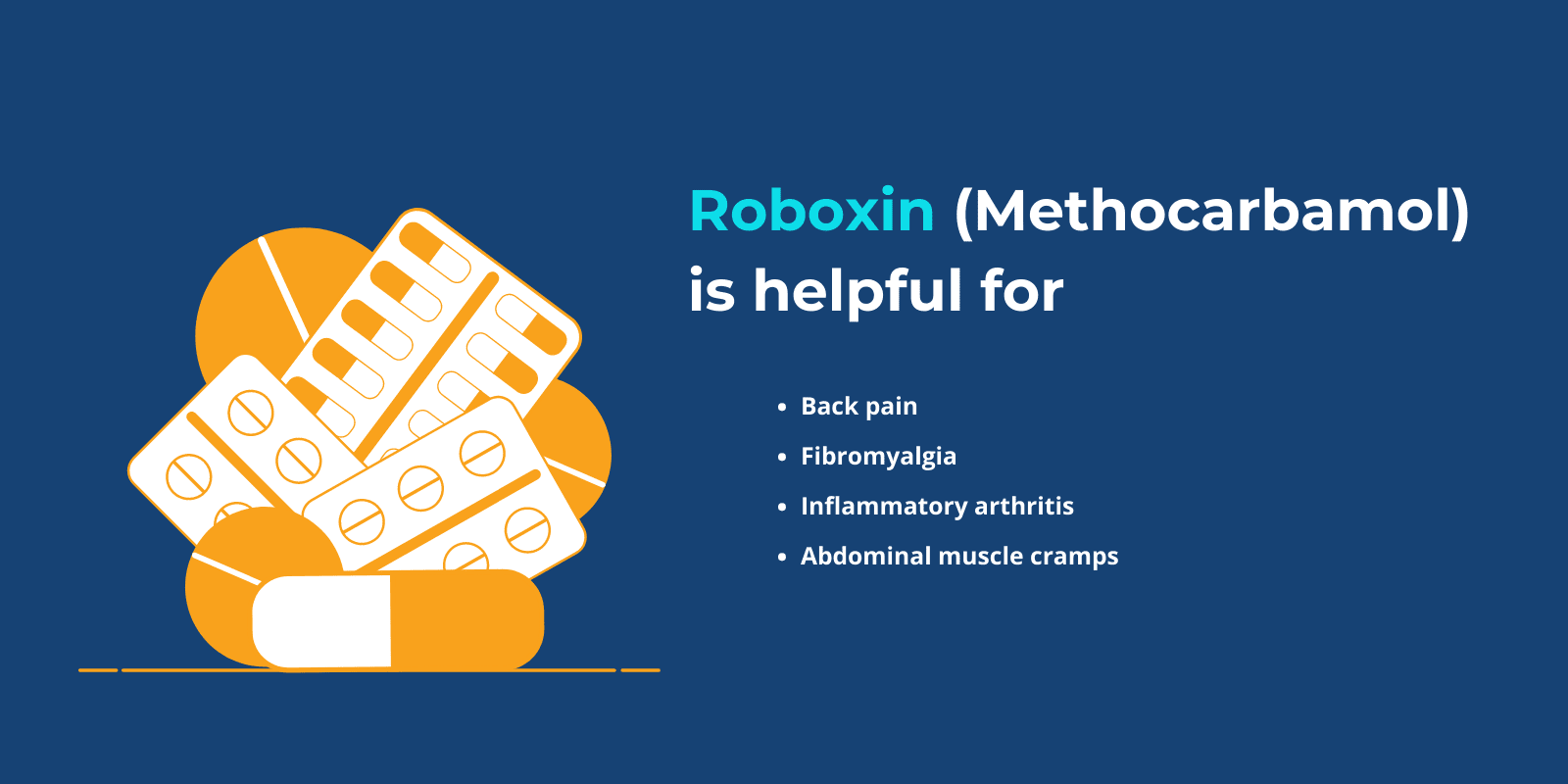
Some doctors may prescribe methocarbamol “off-label” for things such as:
However, some of its side effects, like drowsiness and dizziness, can make it feel like a “high” when abused.
The Food and Drug Administration (FDA) approved the use of methocarbamol in 1957. However, there is limited evidence that supports its efficacy.
The chemical name of methocarbamol is 3-(2-methoxyphenoxy) -1,2 propanediol 1-carbamate.
Robaxin is usually a white, yellow, or orange capsule-shaped tablet.
Methocarbamol may take form in a round or oblong-shaped tablet as well.
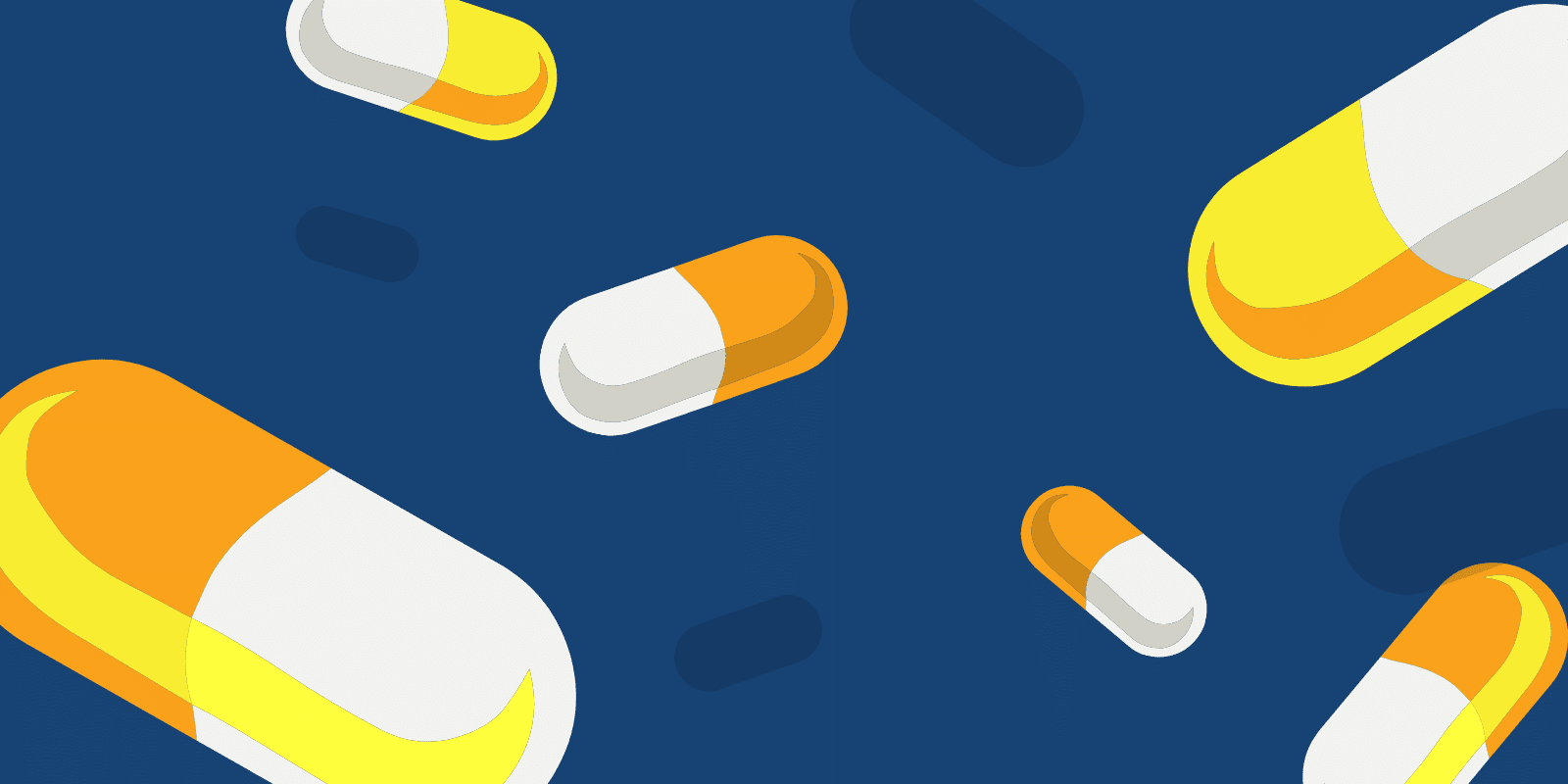
The street names for Robaxin are unknown as it is not as commonly abused as other prescription medications.
Methocarbamol is not identified as a controlled substance by the U.S. Drug Enforcement Agency (DEA).
Although it isn’t highly common, methocarbamol has the potential for abuse.
Robaxin is not a narcotic. It is not designed to be used to treat generalized pain, and it does not necessarily create a “high”; however, when abused, its sedative effects may produce feelings that are similar to a high.
According to the National Cancer Institute, controlled substances are drugs that may be abused or cause addiction.
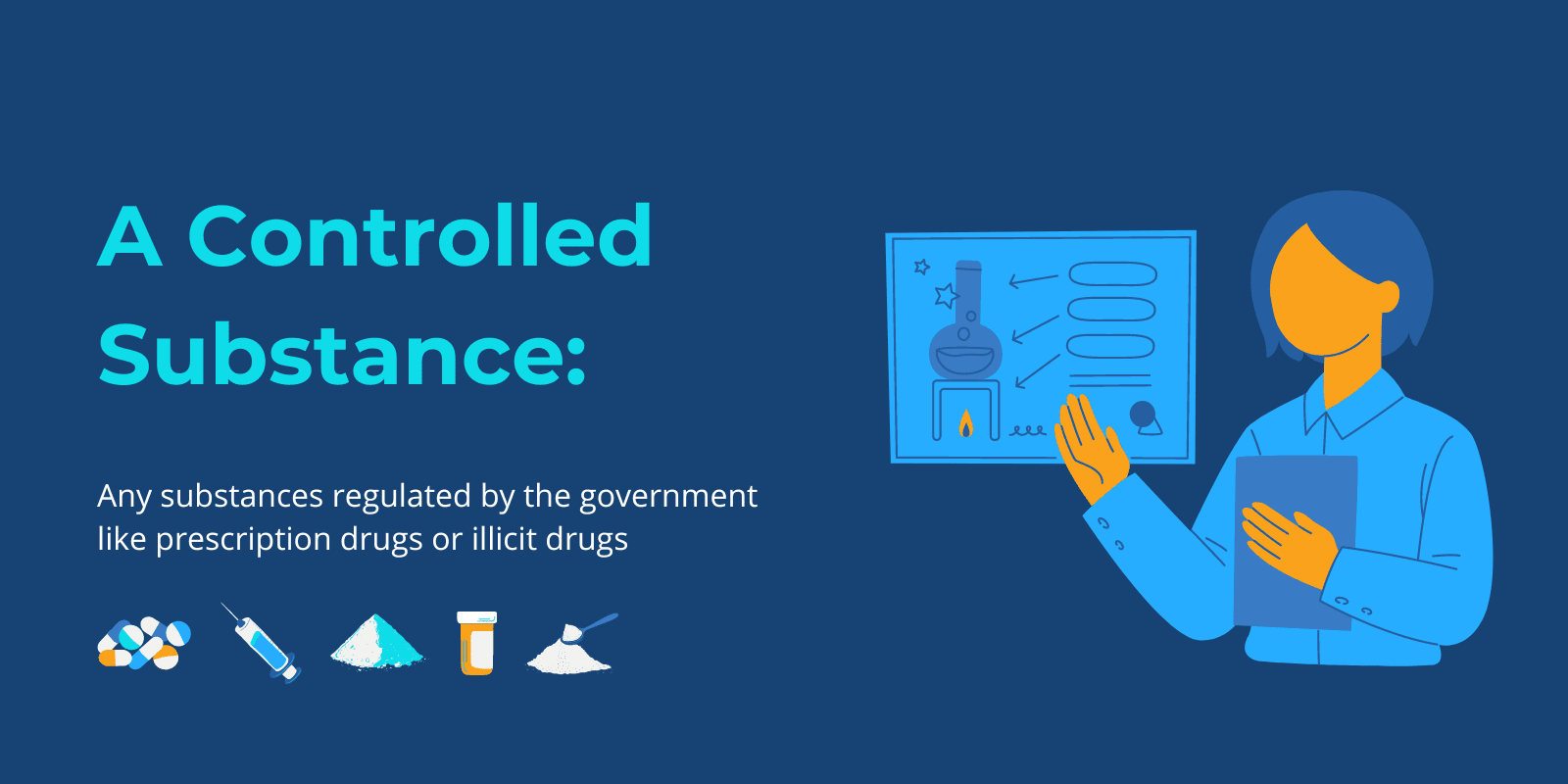
Examples of controlled substances include:
Methocarbamol is not generally addictive. However, it has the potential for abuse, especially in those who have a history of sedative or hypnotic abuse.
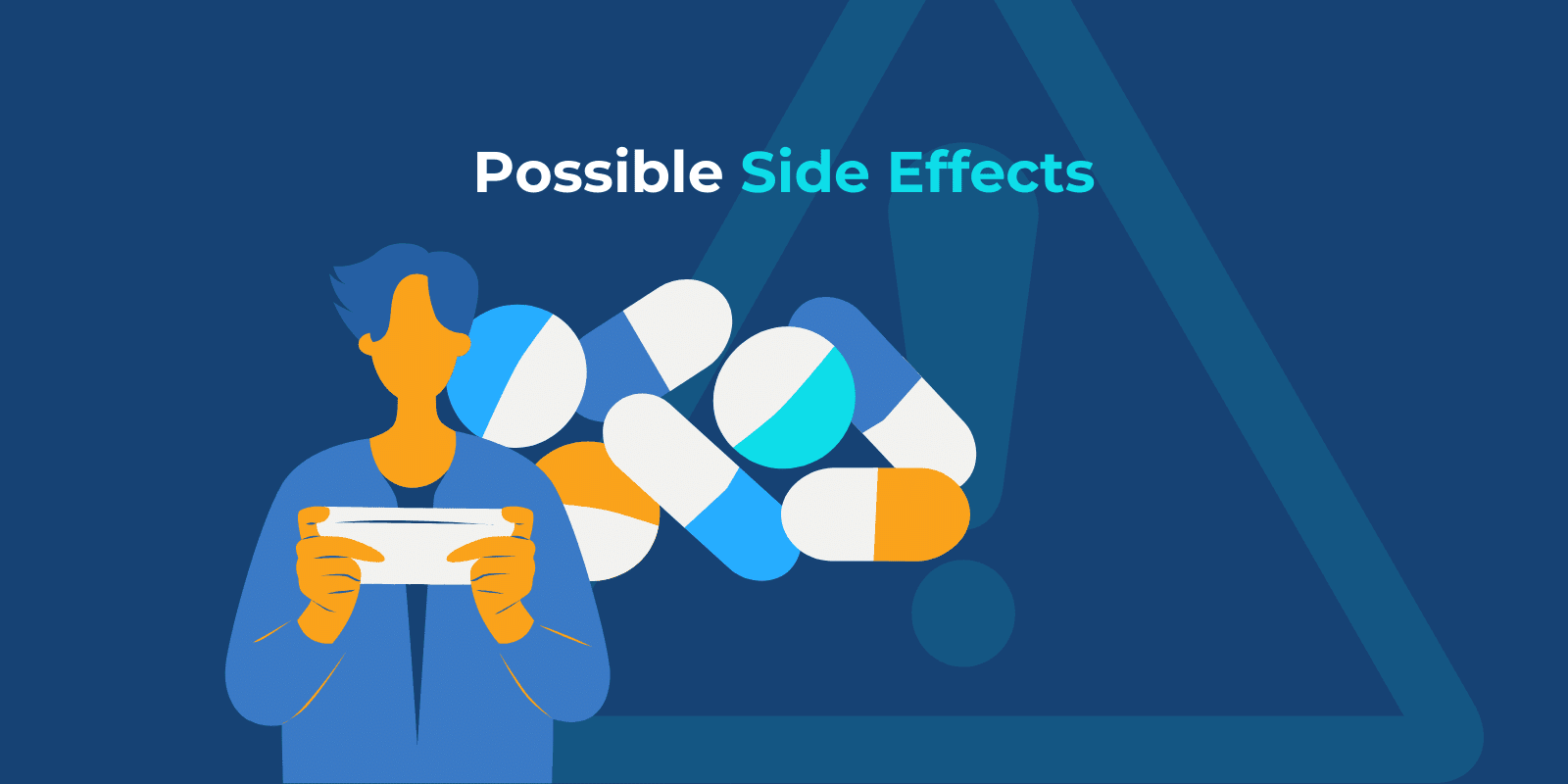
The most common side effects of methocarbamol include:
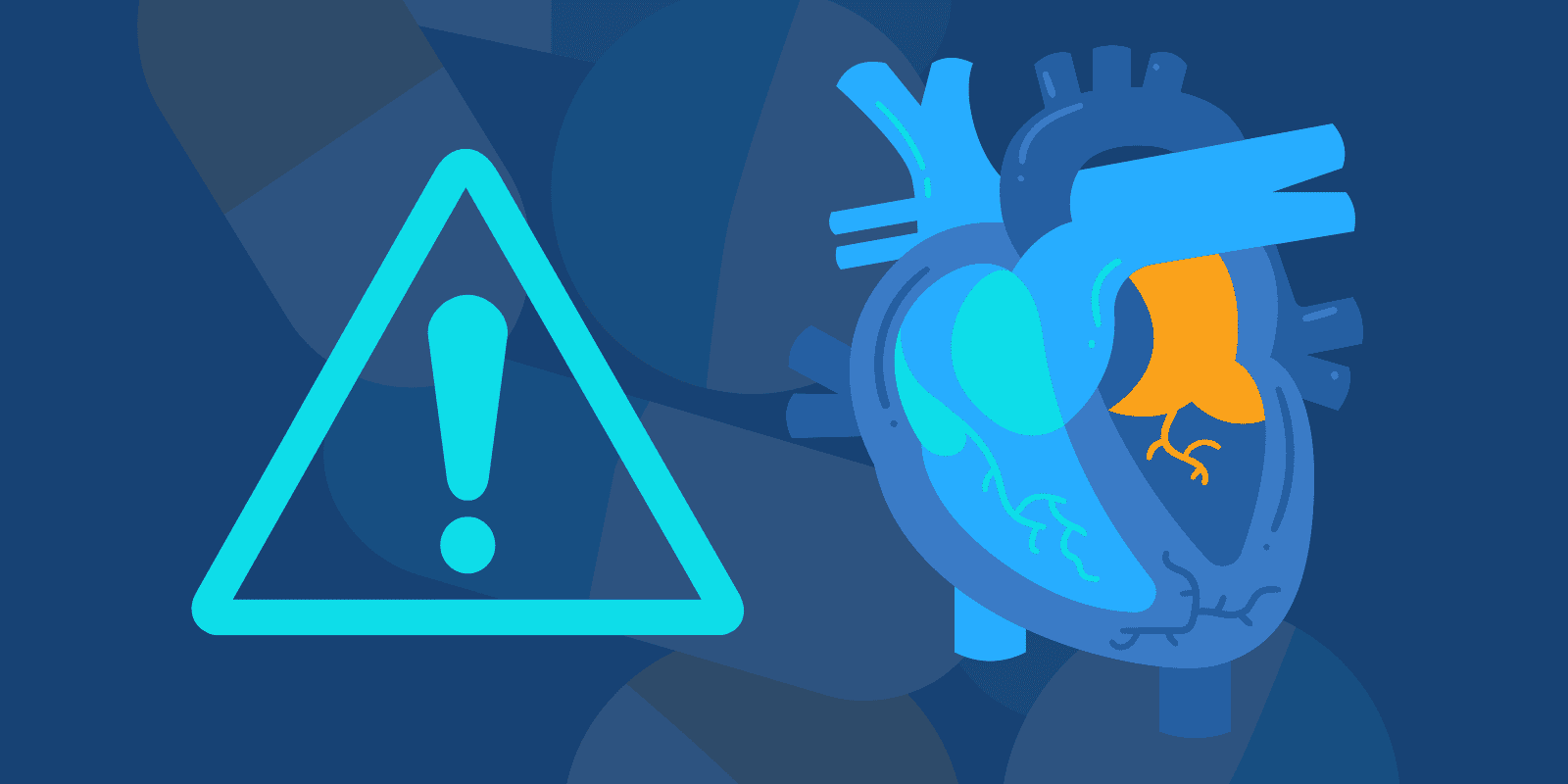
Other serious side effects of methocarbamol can include:
Because methocarbamol can make you drowsy, it is important to take caution before driving or operating machinery.
It can also be dangerous to mix methocarbamol with other medications. Doing so may cause an interaction, whether it is with medications, vitamins, or herbs.
If you or a loved one are experiencing serious side effects from methocarbamol use, seek help immediately.
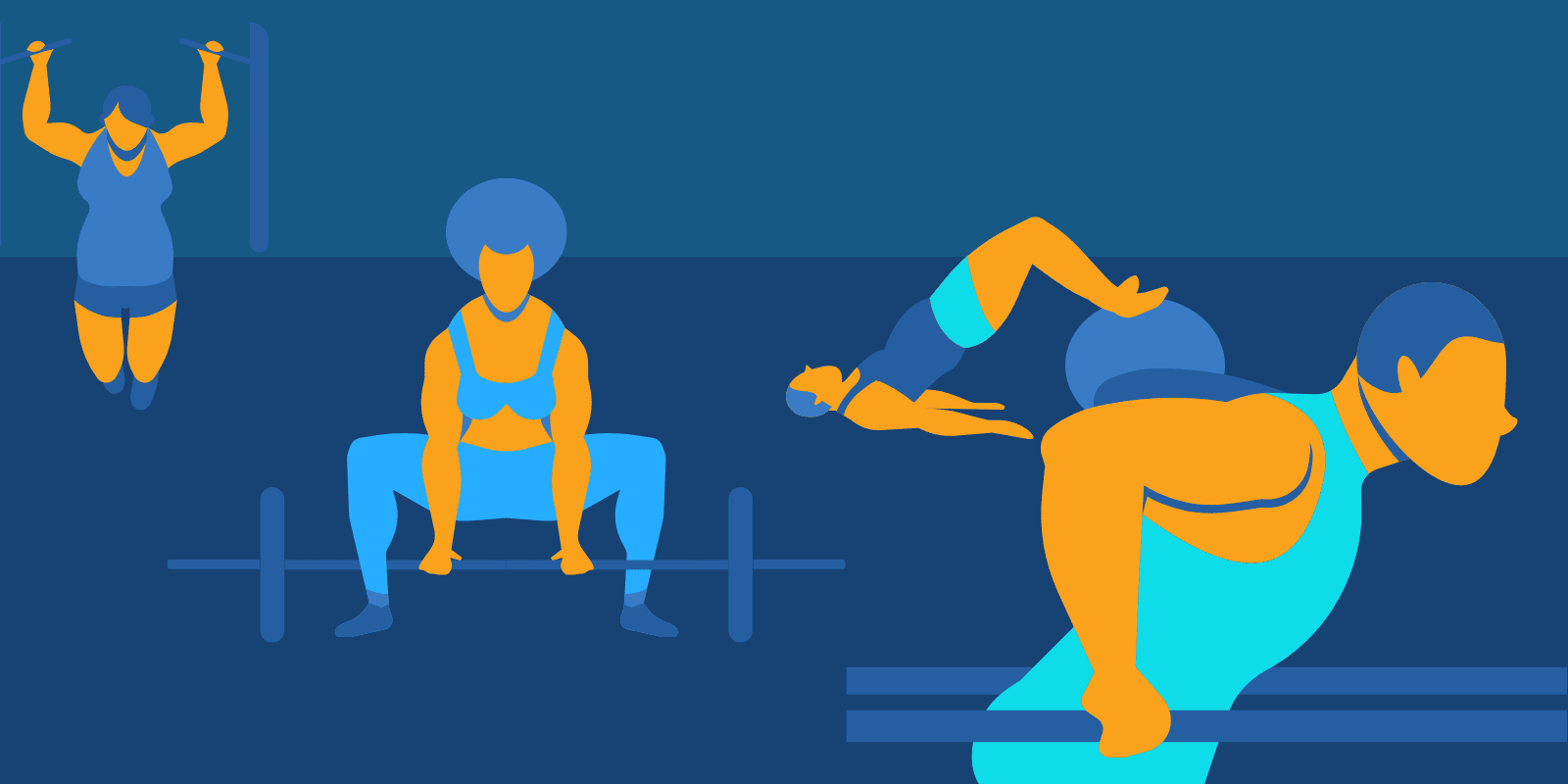
Studies suggest that muscle relaxers shouldn’t be taken long-term.
Muscle relaxers are typically prescribed as a short-term treatment for muscle spasms and pain.
The use of muscle relaxers is generally recommended for a limited amount of time as they are not effective for long-term use.
Prolonged use of muscle relaxers can also put a person at a higher risk of developing tolerance or dependence.
Methocarbamol is not commonly abused or known to be highly addictive.
However, its sedative effects may produce a type of “pleasure” that the individual may want to repeat.
Often in cases of methocarbamol abuse, the individual will have a history of other substance use disorders.
A person may use methocarbamol along with other substances to supplement or increase the effects of their preferred substance.
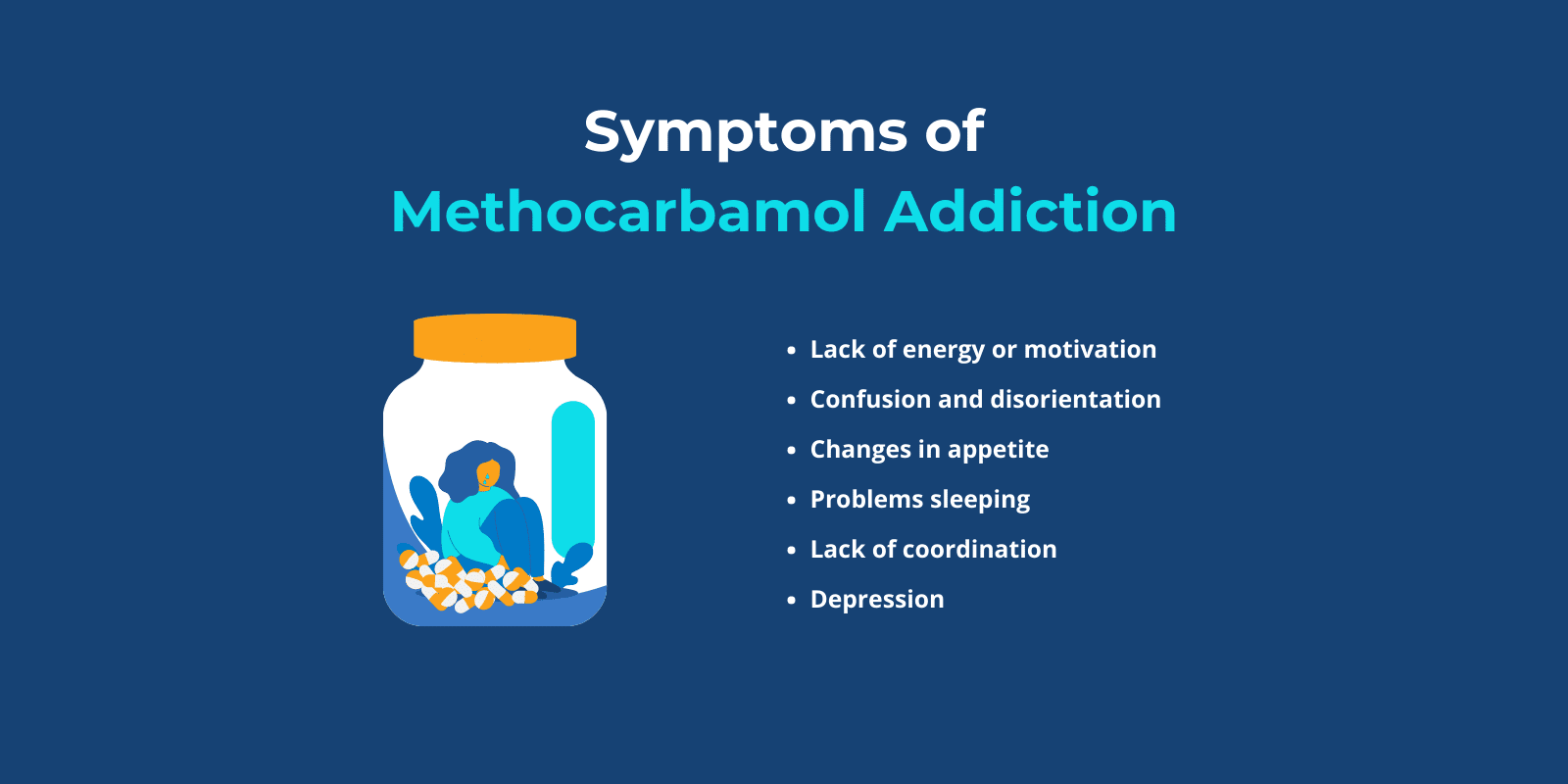
An addiction occurs when a person loses control over their substance use and continues to use despite its negative consequences.
Possible symptoms of methocarbamol addiction can include:
Overdose on Methocarbamol is possible.
An overdose occurs when a person takes too much of a drug or mixes it with other substances.
If prescribed Robaxin, it is important to not take more or less of it than prescribed by your doctor, and if you are planning on making changes, consult with your healthcare provider.
Signs and symptoms of methocarbamol overdose can include:
If you believe a loved one is experiencing an overdose, seek help and call 911 immediately.
In some cases, an overdose of Robaxin can be fatal.
Additionally, the risk of overdose increases when a person mixes it with other substances, such as alcohol.

If prescribed methocarbamol, it is important to take the correct daily dosage, no less and no more than.
If you are planning to make changes, it is important to consult with your healthcare provider first to make sure it is safe.
Taking too much methocarbamol can result in an overdose and lead to injuries.
Tapering means that a person slowly decreases the daily dose of medication over time, usually working towards stopping the use of the drug.
It is unknown whether methocarbamol causes withdrawal symptoms; however, a provider may still advise a gradual transition to stop treatment.
It is important to always let your healthcare provider know when you plan on making changes to a treatment regimen so you can do so safely.
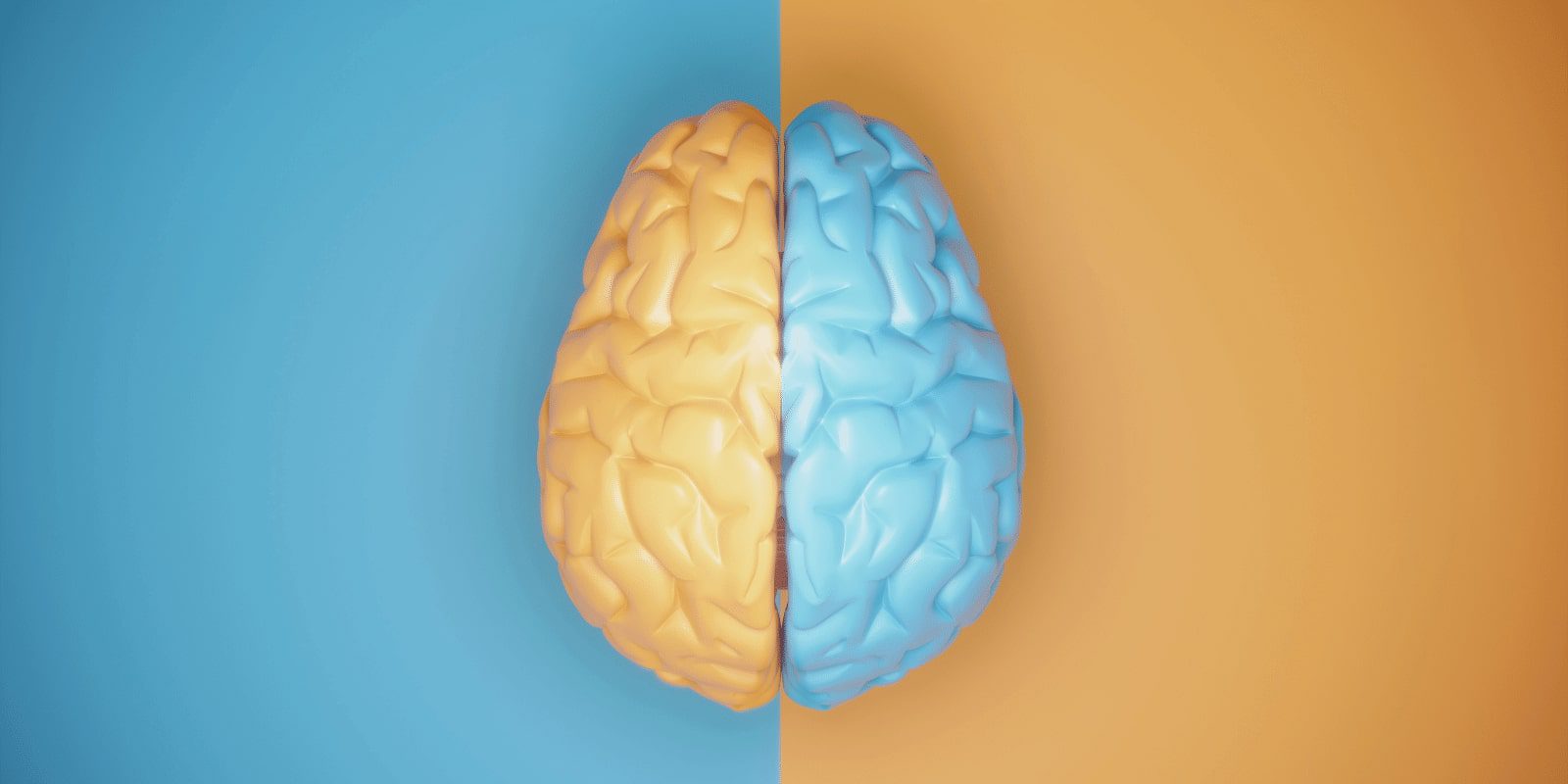
Typically, muscle relaxers can cause sedative effects or block pain signals from nerves to your brain.
The two types of muscle relaxers, antispastics, and antispasmodics work differently on the brain and body.
Antispastics affect the spinal cord or skeletal muscles to help improve muscle spasms and tightness.
Antispasmodics help reduces muscle spasms through the central nervous system and inhibits neuron transmission in the brain.
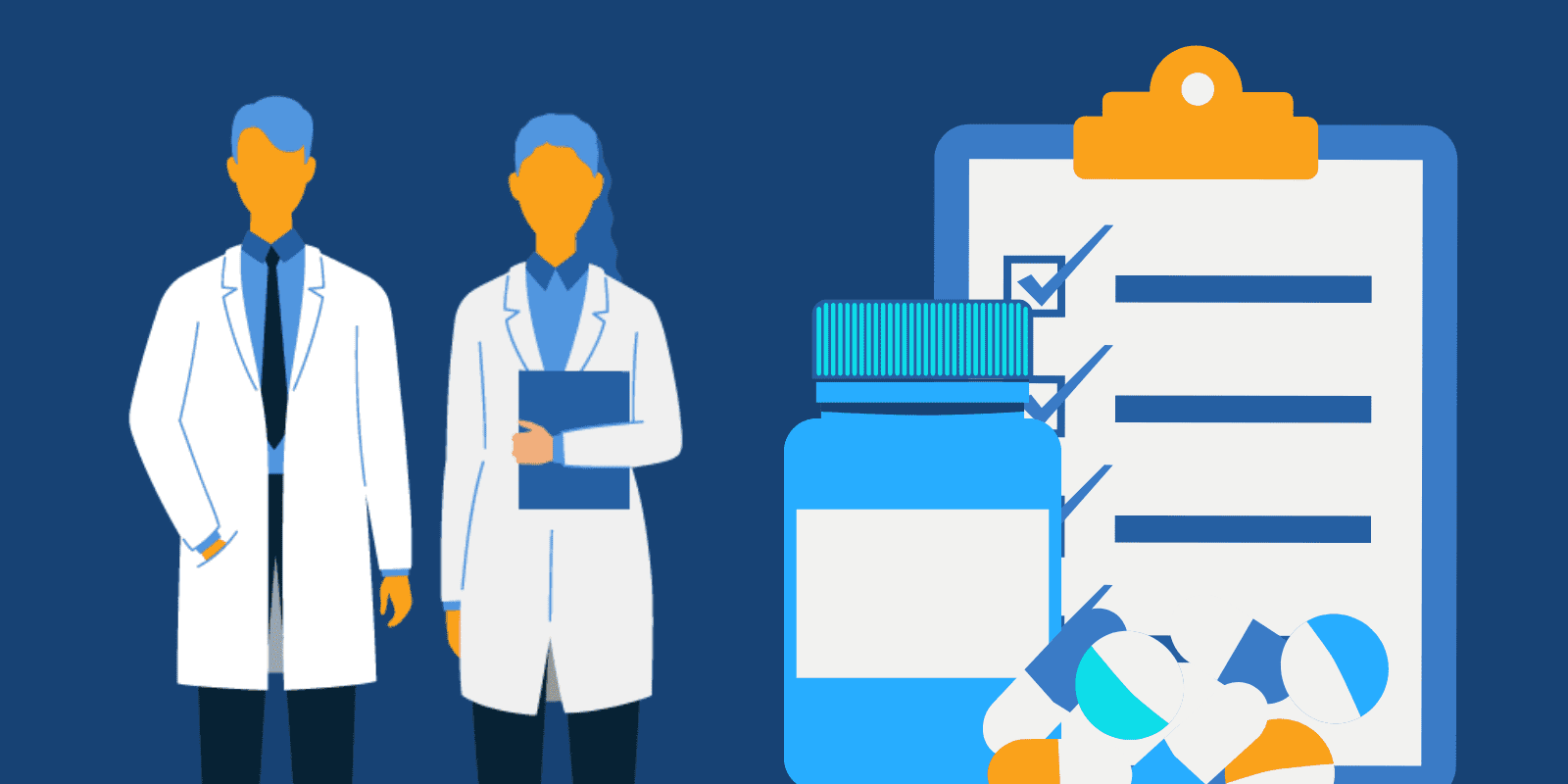
Someone who may be struggling with Robaxin addiction and is experiencing severe withdrawal symptoms may have to undergo medication-assisted detox.
Inpatient rehab programs can be helpful for individuals struggling with methocarbamol addiction because it provides safety, stability, and supervision.
Therapy and support groups can be an important component in an individual’s treatment plan as well.
The treatment approach to methocarbamol addiction differs based on the individual’s needs.
For someone experiencing more mild and moderate symptoms of Robaxin addiction, they may consider an intensive outpatient program (IOP) that allows them to attend treatment while still keeping up with other responsibilities like work or school.
Another option is day treatment, which is a step below residential treatment but above intensive outpatient treatment.
Day treatment may be suitable for individuals struggling with mental health or substance use disorders and who need a high level of structure and support but do not require 24–hour care.
If you or someone you love is struggling with addiction, reach out to a doctor or other healthcare professional to help guide and support you through the treatment process.
Finding a treatment plan that works for you is an important part of recovery.
Therapy and support groups can be extremely helpful for those struggling with methocarbamol abuse.
Struggling with substance abuse or addiction can become very lonely and isolating. Support groups bring a sense of community and a safe space for people to share their experiences, relate to one another, and learn from each other.
Psychotherapies, such as CBT, can also help those struggling with addiction identify negative thought processes and behaviors and restructure them while teaching individuals how to build healthy coping mechanisms.
It is important to find a treatment program or rehab center that is best for you. What works for one person may not work for another. Consulting with a professional can help you figure out what treatment program is most suitable.


Sandstone Care offers age-specific, individualized, and evidence-based treatment programs that help you regain control of your life and achieve lasting recovery.
It may be difficult to determine whether or not a person needs treatment for methocarbamol use.
If a person is struggling with the abuse of a variety of substances, it is important to address each issue individually.
Signs a person may need treatment for Robaxin use:
A person may need to detox from Robaxin if they are experiencing withdrawal symptoms and have developed a dependency on methocarbamol or other substances.
Detoxification is a medical intervention that helps an individual safely manage intoxication and withdrawal symptoms.
Dependence occurs when an individual uses a substance over a period of time, and the body adapts to the drug, experiencing withdrawal symptoms if the drug use decreases or stops.
It is important to talk to a healthcare professional to determine whether or not you need to detox from Robaxin.

Withdrawal symptoms of Robaxin are unknown.
Withdrawal refers to the physical and mental symptoms and individual experiences when drug use abruptly stops or significantly decreases.
However, it is still advised to let your healthcare provider know if you are planning to stop taking Robaxin instead of stopping abruptly.
Some common withdrawal symptoms of muscle relaxers, in general, can include:
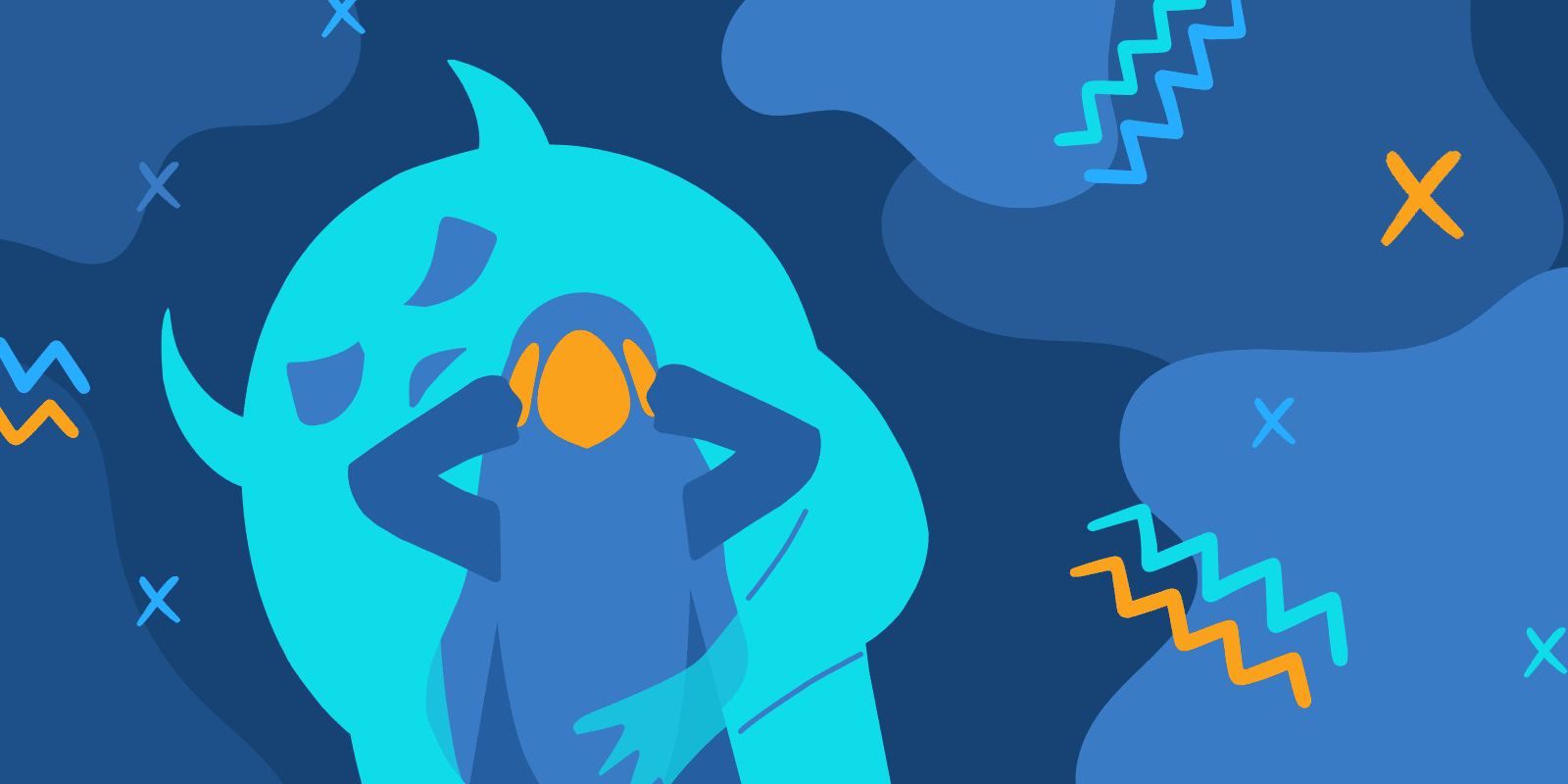
Methocarbamol can show up in the urine for up to four hours after being ingested.
However, this can vary from person to person.
Methocarbamol can make an individual feel drowsy or sleepy.
Taking methocarbamol can also affect a person’s concentration and focus.
Because of its effects, taking caution before driving or operating machinery is important, and talking to your doctor about the possible dangers.
No, if a person ingests methocarbamol, it usually takes around 30 minutes to a couple of hours to take its full effect.
When prescribed, it is usually taken 3 to 4 times a day, but the dosage can depend on the individual.
A side effect of methocarbamol can involve changes to a person’s blood pressure.
Additionally, it may also impact a person’s heart rate, causing a rapid heart rate (tachycardia) or a slow heart rate (bradycardia).
There is no evidence that shows methocarbamol can be used to treat anxiety.
Methocarbamol is not an anti-anxiety drug.
Individuals who struggle with mental health conditions such as anxiety may turn to different substances as a way to self-medicate. Doing so can be dangerous as substance use can turn into unhealthy coping mechanisms.
Taking a substance for something other than its intended use often worsens the situation, even if it feels like it temporarily offers relief.
While methocarbamol is used to treat muscle pain, it is important to consider the various negative side effects it can have.
It is not recommended for certain individuals, including:
Robaxin is relatively short-acting and typically needs to be taken 3 to 4 times a day when prescribed by a doctor.
Methocarbamol can be compared to cyclobenzaprine, which is another skeletal muscle relaxant.
The street value of cyclobenzaprine ranges from $1 to $10.
Benzodiazepines, defined by the DEA, are depressants that produce sedation, and hypnosis, relieve anxiety and muscle spasms, and reduce seizures.
Methocarbamol is not considered a benzodiazepine; it is a muscle relaxant.
The abuse potential for benzodiazepines compared to muscle relaxants is generally higher, as young people may take it to achieve a “high.”
Methocarbamol and tramadol are both used to treat pain. However, they belong to different drug classes.
Methocarbamol is a muscle relaxant, while tramadol is a pain reliever (analgesic).
Tramadol is considered an opiate and has the potential to be habit-forming, especially with long-term use.
Side effects of tramadol can include:
Tramadol may also cause serious side effects such as difficulty swallowing or breathing, hallucinations, nausea or vomiting, loss of consciousness, and seizures. If these occur, seek help immediately.
Muscle relaxers can be addictive.
Some muscle relaxers are more addictive than others, and developing an addiction can depend on numerous factors.
Commonly, people who abuse muscle relaxers use them in combination with other substances to produce an enhanced high. However, mixing muscle relaxers with other substances such as opioids or alcohol can be very dangerous and, in some cases, life-threatening.
There are two types of muscle relaxers: antispasmodic drugs and antispastic drugs.
Other examples of antispasmodic drugs include:
Additionally, teens and young people are at a higher risk of developing an addiction when they engage in substance use.
Their brains are still undergoing major development, increasing the risk of mental health disorders, substance use disorders, and engaging in risky behaviors.
If you are prescribed Robaxin, it is important to let your doctor know if you are taking any other prescription or nonprescription medications that may include vitamins, supplements, and herbal products.
It is important to mention medications such as:
The “half-life” refers to the amount of time it takes for the amount of a drug’s active substance in the body to decrease to half of its starting dose.
The half-life of methocarbamol can range between one to two hours before being excreted into the urine.


Robaxin(methocarbamol) is a muscle relaxant used to treat muscle spasms and pain. It is important to know the adverse effects of methocarbamol.